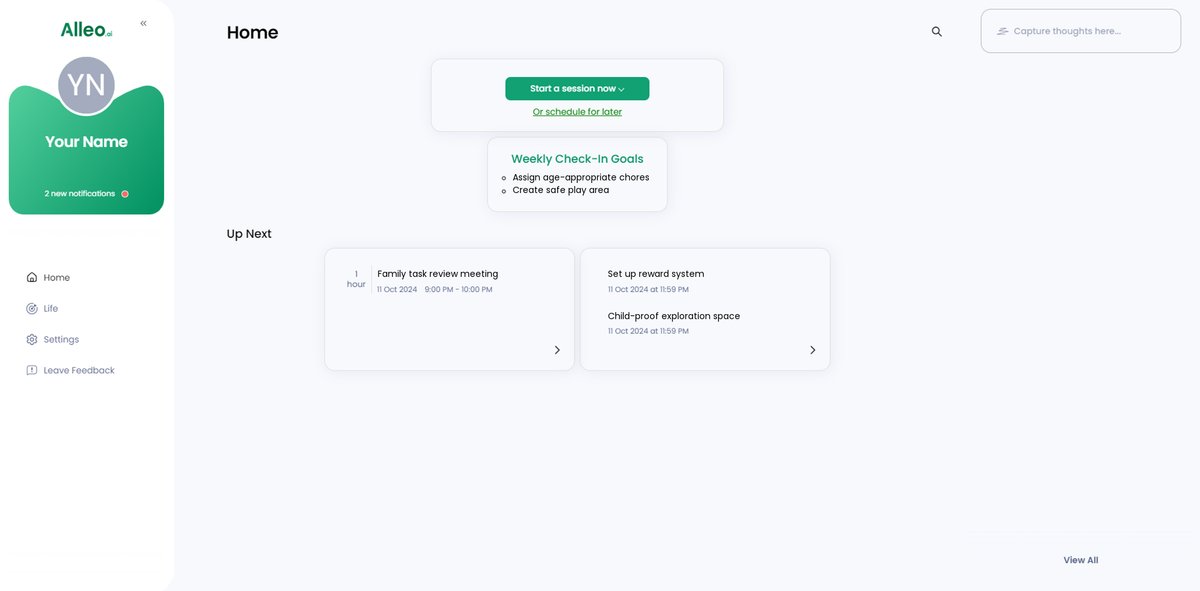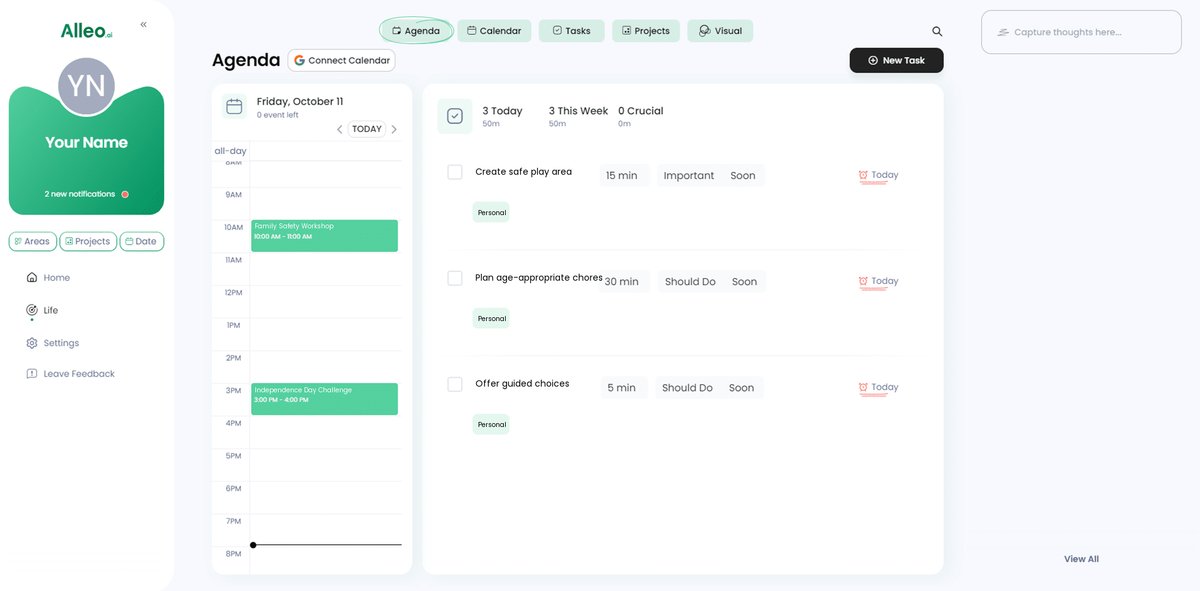4 Essential Strategies for Parents to Encourage Child Independence Safely
Are you struggling to find the right balance between ensuring your child’s safety and fostering their independence? Balancing child safety and independence is a common challenge for many parents.
As a life coach, I’ve helped many parents navigate this delicate balance. I understand the challenges you face in wanting to protect your child while also letting them grow and develop child autonomy.
In this article, you’ll discover practical strategies to encourage your child’s independence safely. We’ll cover age-appropriate independence skills, safe exploration for kids, guided decision-making, and problem-solving techniques to foster self-reliance in children.
Let’s dive in and explore how to balance protection and independence while building confidence in children.

Understanding the Balance: Safety vs. Independence
Balancing child safety and independence is a challenge many parents face. Busy schedules often leave little time to monitor every step while also encouraging growth and fostering self-reliance in children.
Many parents find it hard to let go. The fear of potential harm can be paralyzing, hindering child autonomy development.
However, fostering independence is crucial. It builds confidence in children and prepares them for future challenges, promoting safe exploration for kids.
In my experience, parents who find this balance see their children thrive. The right strategies for balancing protection and independence can make a significant difference in teaching responsibility to kids.
Let’s delve deeper into actionable approaches for balancing child safety and independence.

A Roadmap for Balancing Safety and Independence
Overcoming this challenge of balancing child safety and independence requires a few key steps. Here are the main areas to focus on to make progress in fostering self-reliance in children:
- Establish Age-Appropriate Household Tasks: Assign chores that match your child’s age and track their progress, promoting age-appropriate independence skills.
- Create Safe Spaces for Independent Exploration: Ensure safe environments where kids can explore and play freely, supporting safe exploration for kids.
- Teach Decision-Making Through Guided Choices: Offer controlled choices to help kids learn to make decisions, aiding in child autonomy development.
- Model and Practice Problem-Solving Strategies: Show and practice problem-solving techniques with your child, balancing protection and independence.
Let’s dive into these strategies for balancing child safety and independence!
1: Establish age-appropriate household tasks
Assigning household tasks that fit your child’s age is crucial for teaching responsibility and fostering independence, a key aspect of balancing child safety and independence.
Actionable Steps:
- Assign simple chores: Give toddlers tasks like sorting laundry and preschoolers jobs like setting the table, promoting age-appropriate independence skills.
- Use a reward system: Implement a sticker chart or points system to motivate and reward task completion, building confidence in children.
- Encourage responsibility: Hold regular family meetings to discuss tasks and review progress, fostering self-reliance in children.
Explanation: These steps help children develop essential life skills and instill a sense of accomplishment while balancing protection and independence.
According to experts at Star Vista, involving children in household tasks builds their confidence and independence.
By making tasks age-appropriate and rewarding, you create a positive learning environment for child autonomy development.
Key benefits of age-appropriate tasks include:
- Boosting self-esteem and confidence
- Developing a strong work ethic
- Preparing children for future responsibilities
These strategies set the foundation for a balanced approach to nurturing independence, supporting gradual independence milestones.

2: Create safe spaces for independent exploration
Creating safe spaces for independent exploration is essential for fostering children’s confidence and curiosity while balancing child safety and independence.
Actionable Steps:
- Designate a safe play area: Child-proof a specific room or corner with age-appropriate independence skills and safety features.
- Supervised outdoor play: Set up a fenced yard or a nearby park visit where children can engage in safe exploration for kids under supervision.
- Encourage risk-taking within limits: Allow children to try climbing or balancing activities with safety measures in place, fostering self-reliance in children.
Explanation: These steps are crucial for building confidence in children and promoting gradual independence milestones.
According to Milestones and Motherhood, engaging in safe exploration helps children develop problem-solving skills and independence. By providing controlled environments, you ensure their safety while promoting growth and child autonomy development.
These strategies will help your child thrive and prepare them for future challenges, balancing protection and independence.

3: Teach decision-making through guided choices
Teaching decision-making through guided choices is crucial for developing autonomy and critical thinking in children, helping balance child safety and independence.
Actionable Steps:
- Offer Controlled Choices: Present two or three options for daily decisions, like clothing or snacks. This helps children feel empowered and practice decision-making, fostering self-reliance in children.
- Role-Playing Scenarios: Use role-playing to simulate decision-making situations, such as resolving a conflict with a friend. Discuss possible outcomes to encourage critical thinking and safe exploration for kids.
- Problem-Solving Games: Introduce board games or puzzles that require strategic thinking and decision-making. Play together to discuss different strategies and outcomes, supporting child autonomy development.
Explanation: These steps are vital for building decision-making skills and confidence in children. According to Bozeman Counseling, encouraging choices within limits fosters a sense of autonomy while teaching responsibility to kids.
By practicing these strategies, your child will grow more independent and capable of handling future challenges, balancing protection and independence.
Benefits of guided decision-making:
- Enhances critical thinking abilities
- Builds confidence in children
- Prepares children for real-world situations, supporting age-appropriate independence skills
These strategies will seamlessly integrate into your parenting routine, aiding in balancing child safety and independence.

4: Model and practice problem-solving strategies
Modeling and practicing problem-solving strategies with your child is crucial for building their independence and resilience while balancing child safety and independence.
Actionable Steps:
- Demonstrate problem-solving daily: Show how you tackle everyday challenges, like planning meals. Explain your thought process clearly, fostering self-reliance in children.
- Encourage independent problem-solving: When your child faces a problem, ask guiding questions instead of offering solutions. Praise their efforts, promoting child autonomy development.
- Create a problem-solving toolkit: Develop tools like step-by-step plans or brainstorming sessions. Use visual aids to make these strategies clear, supporting age-appropriate independence skills.
Explanation: These steps help children learn to navigate challenges independently. According to LinkedIn experts, guiding children through problem-solving builds confidence and critical thinking skills, essential for safe exploration for kids.
By modeling these strategies, you equip your child with valuable life skills while balancing protection and independence.
Essential problem-solving skills to foster:
- Identifying the core issue
- Brainstorming potential solutions
- Evaluating outcomes and adjusting approaches
These methods will prepare your child for real-world challenges, fostering self-reliance in children and teaching responsibility to kids while balancing child safety and independence.

Partner with Alleo to Foster Your Child’s Independence
We’ve explored the challenges of balancing child safety and independence, and how solving them benefits your child’s growth. But did you know you can work directly with Alleo to make this journey of fostering self-reliance in children easier?
Setting up an account with Alleo is simple. Create a personalized plan tailored to your family’s needs for developing age-appropriate independence skills.
Work with Alleo’s AI coach to overcome specific challenges in balancing protection and independence. The coach will follow up on your progress in teaching responsibility to kids, handle changes, and keep you accountable via text and push notifications.
Ready to get started for free and begin building confidence in children through safe exploration? Let me show you how!
Step 1: Log In or Create Your Account
To start your journey towards balancing your child’s safety and independence, log in to your Alleo account or create a new one if you’re a first-time user.

Step 2: Choose “Building better habits and routines”
Select “Building better habits and routines” to establish a structured approach for balancing your child’s safety and independence, helping you create consistent practices that encourage growth while maintaining appropriate boundaries.

Step 3: Select “Personal” as Your Focus Area
Choose the “Personal” life area to address balancing your child’s safety and independence, as it directly relates to your parenting journey and personal growth in fostering your child’s development.

Step 4: Starting a coaching session
Begin your journey with Alleo by scheduling an intake session, where you’ll create a personalized plan to foster your child’s independence while ensuring their safety.

Step 5: Viewing and Managing Goals After the Session
After your coaching session, open the Alleo app to find your discussed goals conveniently displayed on the home page, allowing you to easily track and manage your progress towards fostering your child’s independence.

Step 6: Adding Events to Your Calendar or App
Use Alleo’s calendar and task features to schedule and track your progress on implementing independence-building activities with your child, such as assigning age-appropriate chores or creating safe exploration spaces.

Empowering Your Child’s Independence
We’ve explored practical strategies to balance your child’s safety and independence. These tips are designed to fit into your busy life while fostering self-reliance in children.
Remember, balancing child safety and independence helps your child build confidence and resilience. It’s not easy, but it’s worth it for their age-appropriate independence skills.
You’re not alone in this journey of child autonomy development. Alleo can help simplify the process of safe exploration for kids.
By using Alleo, you can track progress, set goals, and receive personalized advice on teaching responsibility to kids.
Start today. Give your child the chance to grow and thrive through gradual independence milestones.
Try Alleo for free and see the difference it makes in your parenting journey of balancing protection and independence.